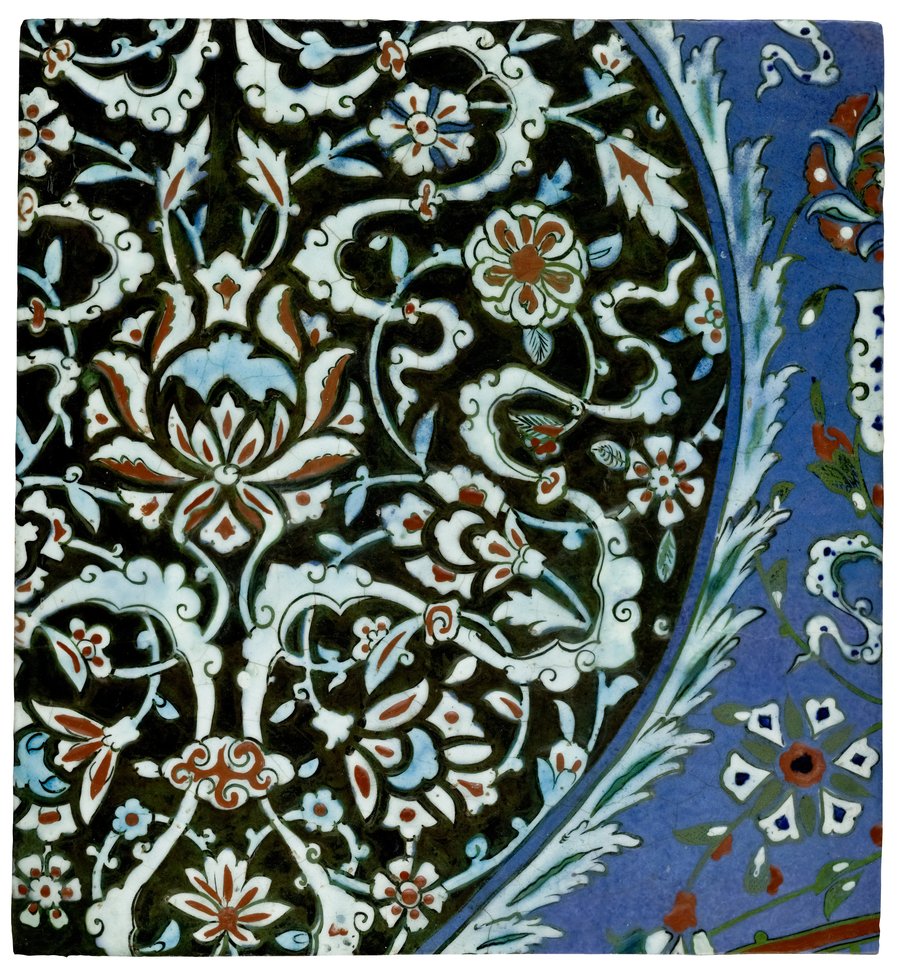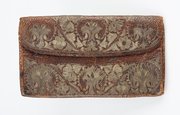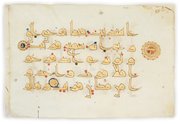
Square Iznik Tile
Museum of Islamic Art
- Title:
- Square Iznik Tile
- Production place:
- Iznik
- Date:
- 1545 - 1565
- Period:
- Ottoman
- Title:
- Square Iznik Tile
- Production place:
- Iznik
- Date:
- 1545 - 1565
- Period:
- Ottoman
- Material:
- Fritware, Pigment, Glaze
- Technique:
- Underglaze painting, Glazing
- Dimensions:
- 35.5 × 32.5 × 1.6 cm
Iznik pottery is named after the town of Iznik, in western Anatolia (modern day Turkey), where it was initially made. The earliest evidence of Iznik production occurred during the reign of the Ottoman Sultan Mehmed II (r. 854-886 AH/1451-81 CE), whose appreciation for fine blue and white Chinese Ming porcelains inspired potters to start making similar ceramics.
This square tile dates to the 10th century AH/mid-16th century CE, a period considered to be the height of Iznik pottery, when the Ottoman Sultan Suleiman the Magnificent (r. 926-974 AH/1520-66 CE) began commissioning tiles to decorate his newly built mosque in Istanbul, which resulted in expanding the Iznik market and its production. It is lavishly decorated with rich colours that step away from the traditional blue and white colours of earlier Iznik. The background is rather unusually decorated in black, with a lavender blue border on one side, and a dense pattern of red, green and blue flowers entangled with white cloud-bands. The use of the colour red in Iznik pottery was first used in the Süleymaniye Mosque (built between 957-965 AH/1550-1557 CE), and the colour used possibly came from an iron-rich red earth in Armenia.



